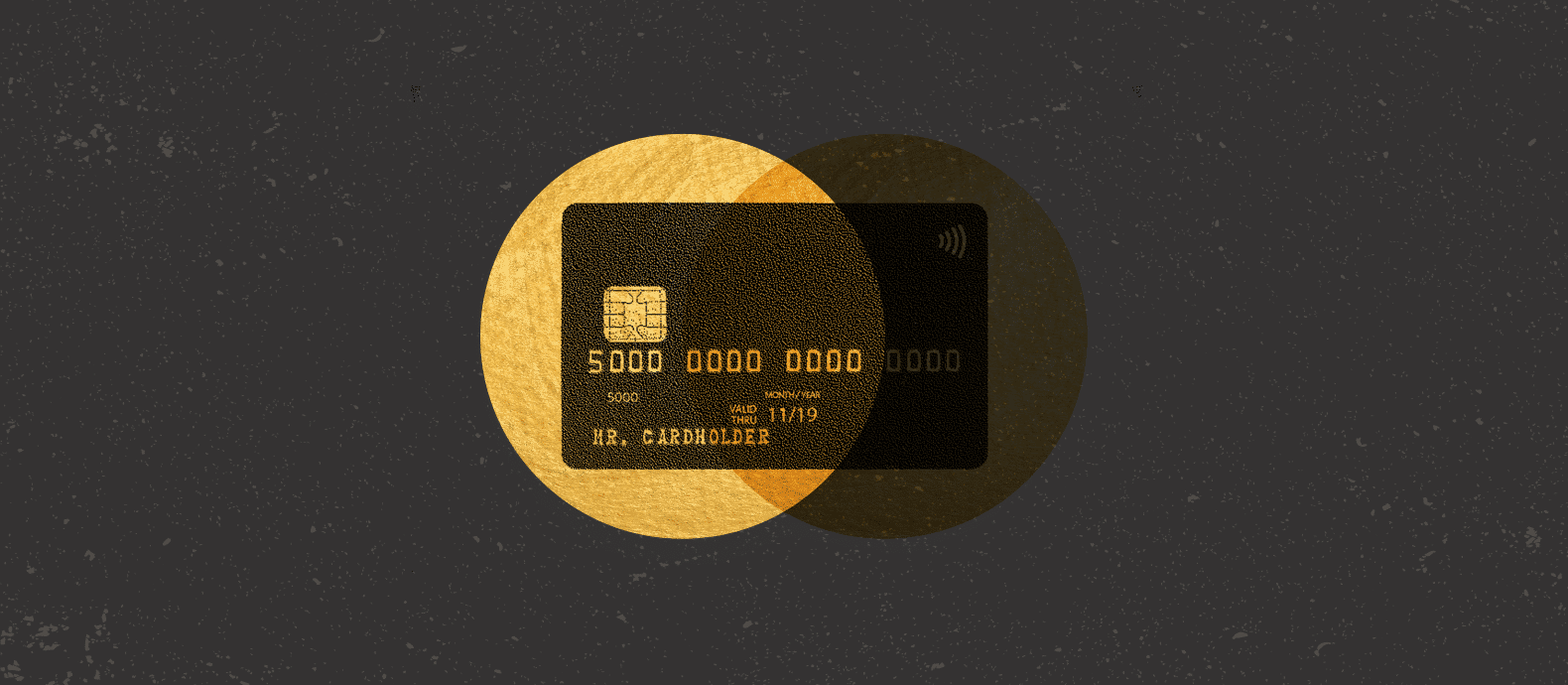Today, the global ecommerce market is worth around $6.3 trillion, accounting for over 21% of retail sales around the world. Businesses of all sizes benefit from selling their goods and services on ecommerce platforms and interacting with their customers online.
However, all businesses operating in the ecommerce landscape need to be aware of the risks and threats that come along with the digital world. In particular, brands must pay attention to the potential for copyright infringement and how online intellectual property (IP) disruption can impact revenue and reputation.
In this blog, we’ll be exploring how to protect your brand from copyright infringement in ecommerce platforms by highlighting a few key topics including:
- What is copyright infringement in ecommerce?
- Where are the hotspots for copyright infringement?
- How to identify copyright infringement in ecommerce
- How to report copyright infringement in ecommerce platforms
- How can automation help with monitoring and removing copyright infringement in ecommerce?

What is copyright infringement in ecommerce?
An ecommerce platform is a place to sell products and services online. Businesses and individuals can use ecommerce platforms to market their products, interact with consumers, and manage their online presence.
Copyright infringement occurs when someone uses the whole or part of a copyrighted work without the permission of the copyright holder. Copyrights are intellectual property rights to protect creative works that can be registered by individuals or businesses at the U.S. Copyright Office and similar institutions around the world.
Examples of potential copyright infringement in ecommerce:
- Your brand’s product images are being used by someone else without your permission to market their product on a Shopify shop or fake website.
- An account on a social media platform like TikTok or Instagram uses a piece of music that has been copyrighted by your brand.
- The sharing or downloading of files belonging to a brand via an ecommerce platform.
Where are the hotspots for copyright infringement?
There are certain online hotspots for copyright infringement. Here are a few of the key ecommerce platforms you need to pay particular attention to:
- Online marketplaces – Amazon, eBay, Etsy, Rakuten, AliExpress, Temu, Pinduoduo, Taobao, Facebook Marketplace, Ozon, Walmart.com.
- Social media platforms and networks- Facebook, TikTok, Instagram, Youtube, Pinterest, Snapchat, Reddit, WhatsApp, Tumblr, VK.
- Independent ecommerce sites – Shopify, BigCommerce, Wix, Woocommerce, Magento, OnBuy, Prestashop, Squarespace.
All of these platforms represent opportunities for both legitimate businesses and scammers. Businesses of all sizes should ensure that they have a secure and established presence in a variety of online marketplaces, social media platforms, and independent ecommerce sites. If left unchecked they can quickly become hotspots for copyright infringement.
How to identify copyright infringement in ecommerce
- Manual searching
Whether you are looking at marketplaces, social media platforms, or ecommerce sites, one of the best ways to identify copyright infringement is to simply search for your content. Conduct keyword and image searches via search engines to target branded content that you believe may be susceptible to copyright infringers.
Within social media platforms like Instagram and TikTok, you can use hashtag searches to focus your hunt for infringers. While on marketplaces like Amazon or eBay, you can use their filter tools to narrow the search down to specific product areas.
Unfortunately, while this manual method is effective at identifying individual cases of infringement, it is often too slow and impractical to deal with large-scale copyright infringement.
- Consumer and user engagement
You can also turn to consumers of ecommerce products and platform users to help you identify copyright infringement. For example, on marketplaces and ecommerce sites, you can use review and feedback sections to see whether users have come across your copyrighted material outside of your product channels.
Similarly, you can speak to social media platform users directly via your brand’s account. Warn them about the risks of engaging with infringers and ask them to be on the lookout for any improper use of your brand’s copyrights.
- Review user-generated content
User-generated content refers to any form of content, such as images, videos, text, reviews, and more, created by users rather than by the site owner or company itself. If you have a platform where users can post content, like reviews with photos, or a marketplace model, ensure you have processes or automated systems in place to review and vet this content for potential copyright issues.
- Digital watermarking
Digital watermarking is a method used to embed a piece of information (a watermark) into a digital signal, which can be an image, audio clip, video, or even a document. This watermark, which can be visible or invisible, serves as a stamp of ownership. Invisible watermarks are embedded into the data of the file itself and can’t be seen with the naked eye. Even if an image was cropped or modified, the source can be traced which, in case of dispute, can serve as evidence of original ownership.
How to report copyright infringement in ecommerce platforms
The process of reporting copyright infringement in the world of ecommerce depends on the platform you are dealing with. In general, in any IP infringement report, you should submit evidence of the potential violation and assert your IP rights.
Here’s some more specific advice about marketplaces, social media platforms, and ecommerce sites:
- Reporting on marketplaces
Reporting copyright infringement on marketplaces generally follows a conventional pattern:
- Gather evidence (Authorization, proof of ID, screenshots, links, a description of suspicious items or images, ID numbers, price, and seller details.)
- Locate the reporting hub, tool, or form
- Select the type of infringement (Copyright, trademark, patent, etc.)
- Identify the infringing marketplace account or listing
- Fill out the form (Include all pertinent details and evidence)
- Sign a declaration, stating that all information included is truthful.
To learn more about how to report copyright on specific marketplaces, check out our guides for removing intellectual property infringements on Amazon, eBay, and Etsy.
- Reporting on social media platforms
The process of reporting via social media platforms is largely similar and quite consistent across platforms like Instagram, Facebook, Twitter, and TikTok.
- Gather evidence
- Find the reporting form
- Select the type of infringement (Copyright, trademark, patent, etc.)
- Identify the infringing social media account, group of accounts, or post
- Complete the form (Include all pertinent details and evidence)
- Sign a declaration, stating that all information included is truthful.
To learn more about how to report copyright on specific social media platforms and networks, check out our guide for reporting copyright infringement on Facebook, Instagram, TikTok, and Pinterest.
- Reporting on independent ecommerce sites
The process of reporting and removing copyright infringers on independent ecommerce sites varies quite greatly. The timeline of gathering evidence and filling out a form in detail will still apply in many cases. Alternatively, for smaller ecommerce sites that do not have a form you may be required to submit all the evidence in an email to customer support.
Take a look at our guides for reporting IP infringement on Shopify and Wix to learn more about finding and taking down infringers on independent ecommerce sites.
How can automation help with monitoring and removing copyright infringement in ecommerce?
Copyright infringement across a wide variety of ecommerce platforms is a large-scale issue for many brands. Most businesses simply don’t have the bandwidth to manually check hundreds of ecommerce platforms on a regular basis.
Manual monitoring is not a practical or cost-effective way to approach copyright infringement in ecommerce. Thankfully, automation can do this job and can do so very effectively.
Red Points’ Marketplace Solution is a great alternative to manual monitoring because it takes advantage of the latest automation technology and can be tailored to your brand’s needs. We detect, validate, and remove infringing listings in over 5,000 marketplaces to ensure you can takedown copyright infringers in a way that is quick and cost-effective. Here’s how our process works:
- Find
Our bots crawl the web to identify potential infringements across a variety of global marketplaces. With the power of automation, we can monitor incidents on specific marketplaces as well as a diverse range of ecommerce platforms and networks.
- Remove
Then you can start using our solution to remove ecommerce copyright infringers wherever they appear. Leverage our automation to speed up the process and request takedowns at scale. Our robust enforcement process ensures that you protect your revenue and your customers throughout the world of ecommerce.
- Measure
After you have enforced against the copyright infringers, you can use our platform to measure the impact of your brand protection coverage. Through performance dashboards, reports, and real-time data you will be able to review your brand’s approach to IP infringement and analyze your exposure on different ecommerce platforms.
We process over 30 million listings a day and monitor over 170 of the top ecommerce marketplaces. Regardless of the size of your brand, this system can help you efficiently uncover copyright infringers and safeguard the value of your brand’s IP.
What’s next
If you are proactive in your approach to detecting and reporting copyright infringement in ecommerce platforms you will be able to safeguard your revenue and reputation from bad actors. While you can’t put a total stop to illegal or infringing behavior you can significantly mitigate the impact by taking the problem seriously.
The best way to combat large-scale online copyright infringement is to use a specialized and automated marketplace protection solution. These kinds of platforms will help you take down infringers in a way that is efficient, cost-effective, and logical.
To learn more about how you can safeguard your brand from copyright infringement on ecommerce platforms, request a demo here.










